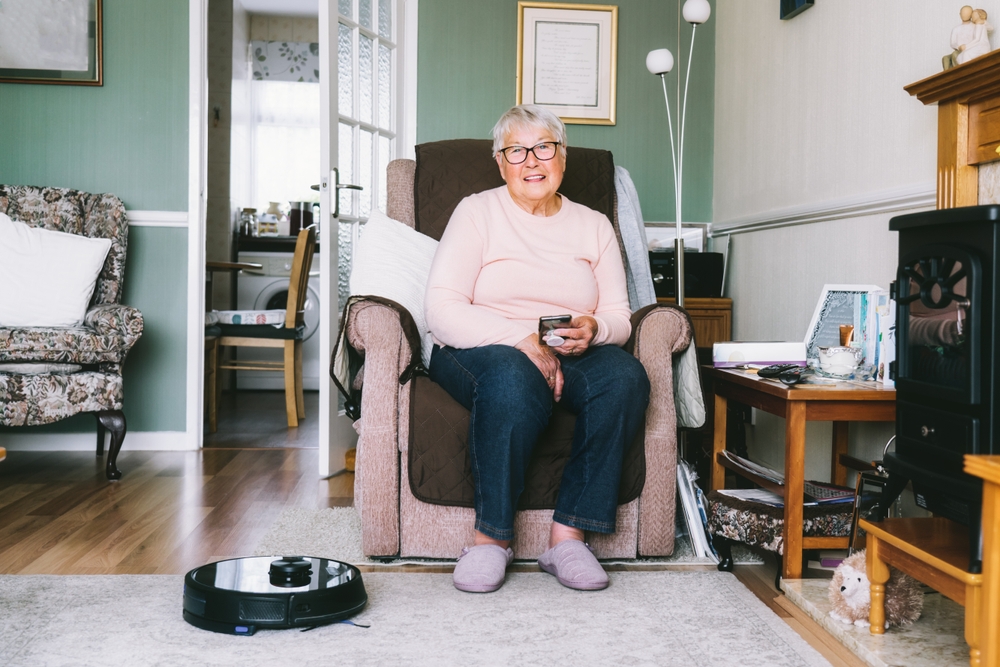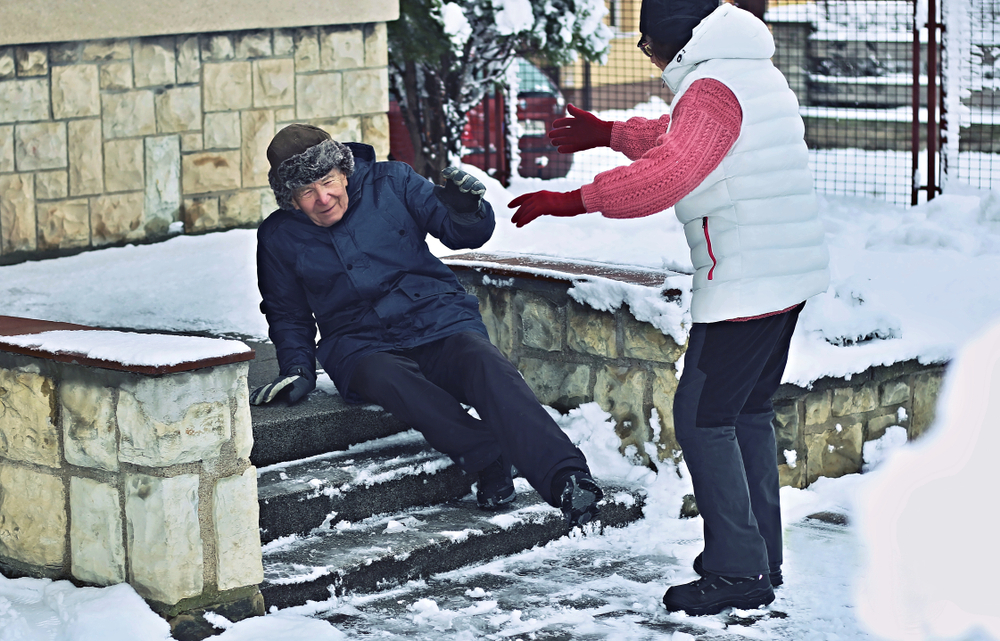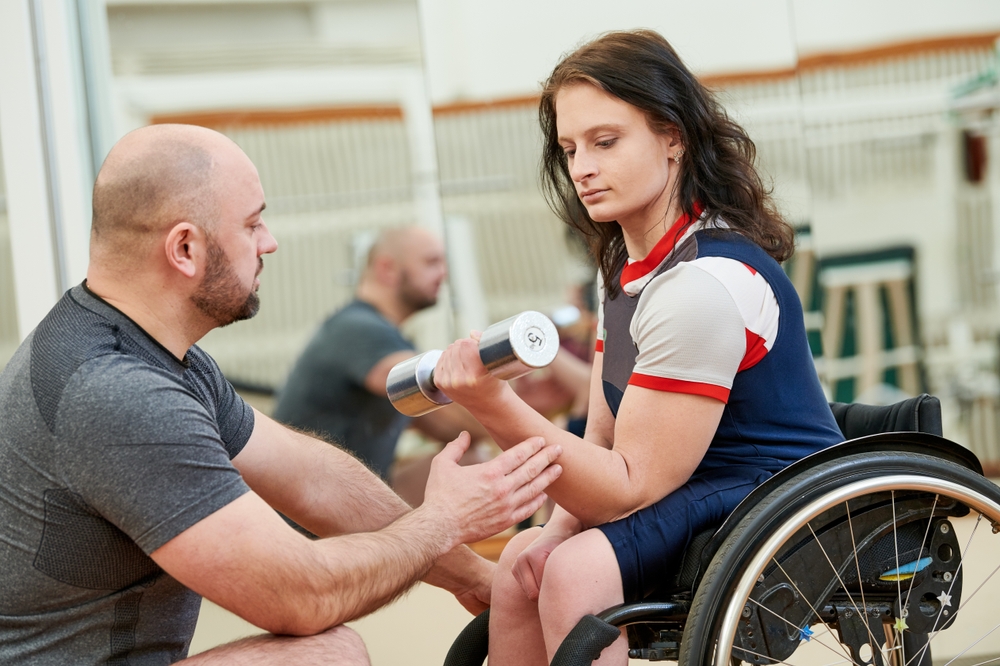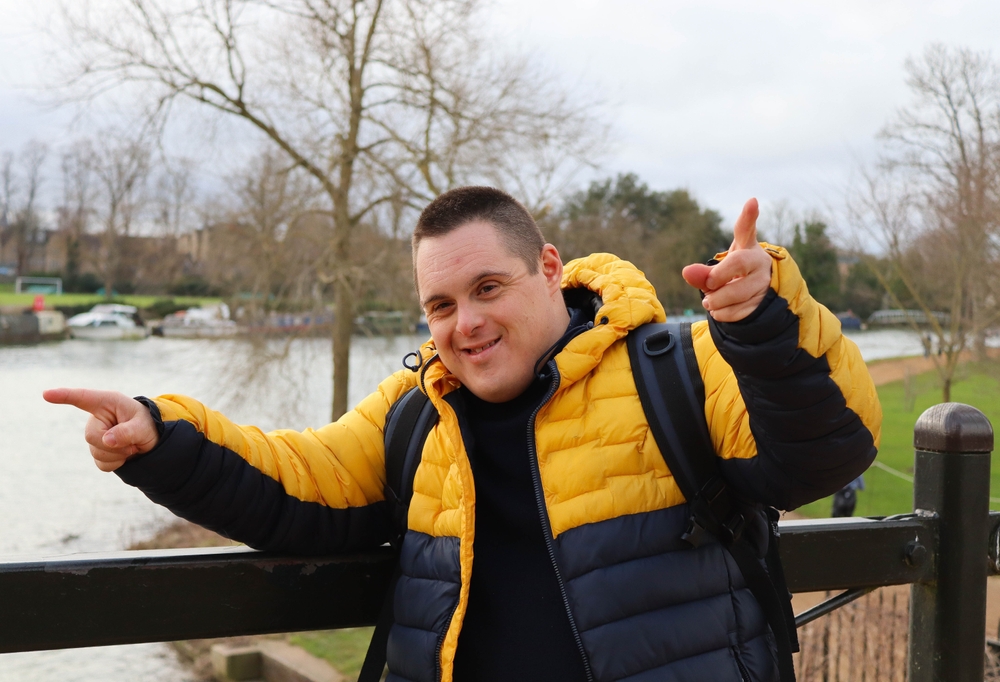Make an Appointment
Occupational therapy helps increase independence & speed up recovery time in the disability and NDIS space.
The benefits of occupational therapy are prevalent in children to seniors receiving treatment, and it really is never too early to begin an occupational therapy program. Occupational therapy treatment can help individuals increase independence, speed up the recovery process, and also help the patient return to regular activities and sports.
There is a lot of conjecture concerning first and foremost what Occupational Therapy and how it can be utilised for someone who has a disability or for their NDIS Plan.
We thought we’d take the opportunity to sit down with our Senior Occupational Therapist in New South Wales Melinda Coffey to plunge into the in’s and outs of an occupational therapists role in the physical disability space & across the NDIS.
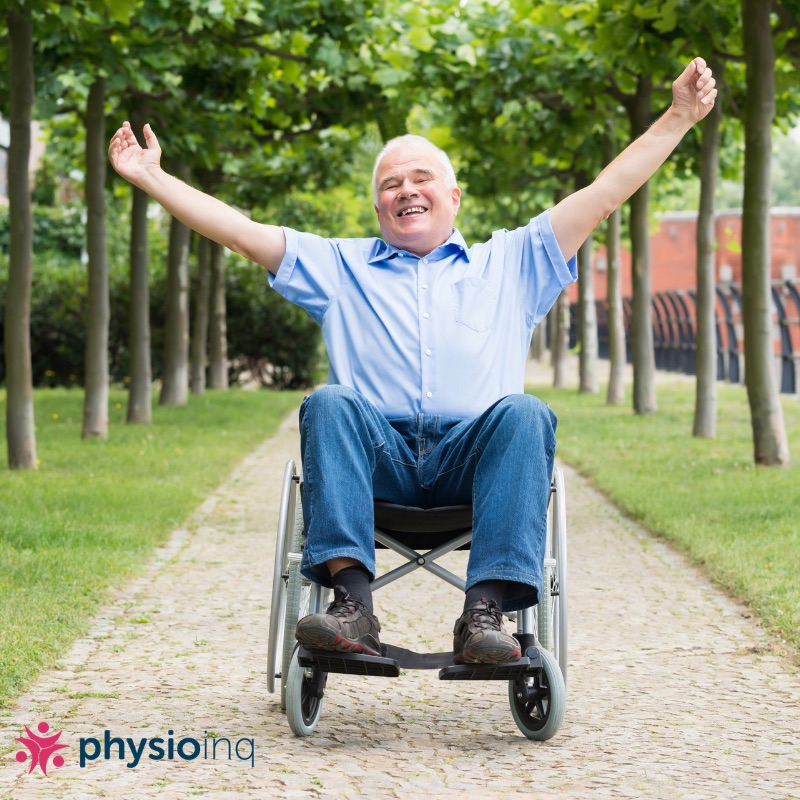
1. First and foremost, what does an OT actually do?
OT (Occupational Therapy) is actually really diverse, so I guess this is why it’s often rather difficult to define our profession.
Our primary aim/goal is to enable people to participate in the “occupations” (activities) of everyday life.
We do this by using a client-centered (individualised and tailored) approach where we assess the client to understand what occupations are important to the person, what difficulties/barriers/challenges they may be experiencing in performing these occupations, and what goals the person has in relation to their occupations.
We then work with the person to maximise participation in chosen occupations – generally by doing 3 key things
- ENHANCE: enhancing personal life skills (skill building)
- ADAPT: adjusting the environment you do your occupation in (either through the use of adaptive aides or equipment, or environmental modifications)
- ADJUST: adjusting the occupation itself (task modification to compensate, introduction of equipment, use of supports)
(the above has been paraphrased from the OT Australia website)
Within the NDIS space, our areas of practice include:
- Assessment and prescription for ASSISTIVE TECHNOLOGY – i.e adapting the environment to enhance participation in occupation. This can be anything from a shower chair to improve safety when showering, to a customised powered wheelchair to promote functional mobility.
- intervention including SKILL BUILDING to enhance personal life skills and adjust the occupation to maximise independence, safety and participation
- recommendations for HOME MODIFICATIONS to enhance and support independence within the home
- provision of assessment and recommendations for supports, at the time of REVIEW for their NDIS Plan etc
2. What is the no 1 sign of a great OT within the NDIS & disability space?
The no 1 sign of a great OT within the NDIS space would be an OT who has great communication skills with a collaborative approach, as we communicate with several parties to coordinate to meet the varying needs of the participants we provide services and supports for.
Other Important Qualities include:
- the ability to put together all the information available to them and use their knowledge and expertise, to maximise outcomes for the individual, whether this be going the extra mile to ensure a piece of assistive technology that enhances a participant’s function is the right fit for the participant, to thinking outside the box and coming up with creative and workable solutions to trial and implement
- I think a great OT in the NDIS space has the ability to navigate an NDIS Plan, be aware of the process they need to follow, work collaboratively with the individual to achieve the best outcomes, and apply their knowledge and skills to maximise outcomes
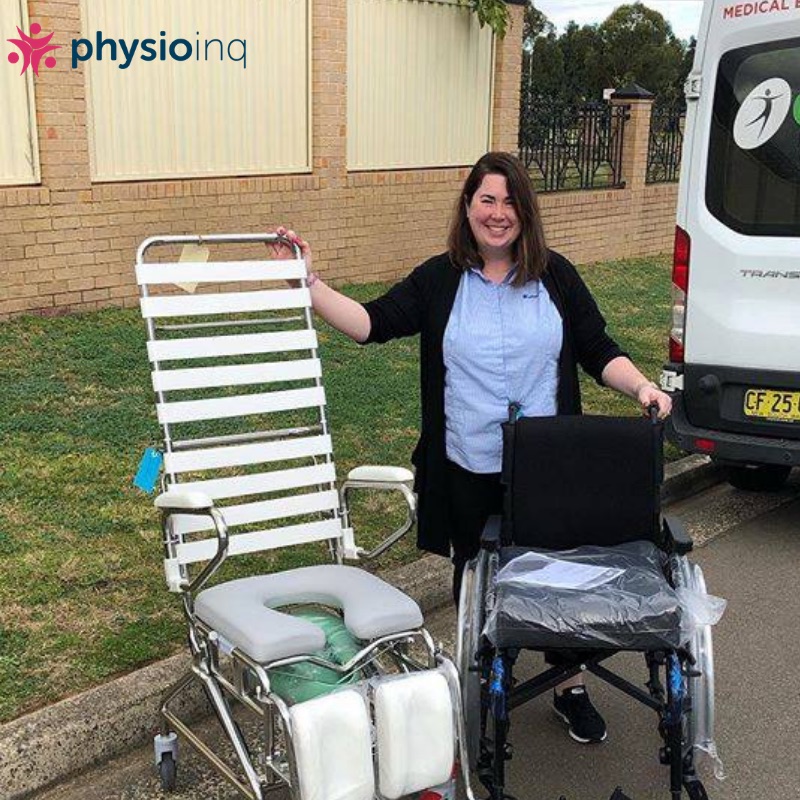
3. What basic questions should a participant ask of their OT when trying to find a suitable provider?
Dependent upon the participants needs:
- Have you (the OT) had experience in assisting other participants with a similar disability to me (The participant)?
- What goals are you going to help me to achieve?
- How are you going to assist me to achieve my goal of XYZ?
- Have you recommended and/or worked with this assistive technology or something similar before?
- What approach do you use when considering assistive technology for the participants you see?
- What is the process of receiving supports for AT/home mods/capacity building?
4. In your experience, what is the most common misconception by participants about their NDIS plans?
- I don’t know if this one is a misconception or more misinformation/ lack of education about accessing Low Risk Low Cost assistive technology funding through Core Supports without needing assessment or approval. Although I would recommend consultation with an OT to ensure correct equipment is sourced.
- That if AT is stated within their plan, that an OT doesn’t need to complete at AT Request. What most participants don’t realise is that, even if this is stated in their plan, an AT Request is required for the agency to be able to consider against reasonable and necessary criteria, to ensure the recommended equipment meets these guidelines
5. We hear you have a 100% success rate on your AT requests, what is your secret?
That I do, which is simply fantastic for my participants!! I don’t really have a “secret” per se – though a lot of work does go into the preparation of the application to the agency, with a significant amount of information, with consideration of several options to determine the most appropriate for the participant, demonstration of consideration of these options, and extensive clinical justification of the recommended option and why it is the most suitable to meet the participant’s needs.
Delivering the required information in such a way that is understandable to the agency (they aren’t health professionals – so making the information they need easy to understand) that provides clear reasons as to the functional and other outcomes the participant can achieve with this AT, and its cost effectiveness.
Did you know that Physio Inq have a team of Occupational Therapists as well as
Mobile Physiotherapists & Exercise Physiologists right across Australia that can be utilised with your NDIS Plan once approved? Contact us by phone at 1300 731 733 or find a location nearest to you to get started!
If you're looking to book into today with any of our Physio Inq services you can do so by booking online at our website. Almost all new bookings can be seen within 24-48 hours of receiving the booking.
Are you on lookout for a trusted NDIS Plan Manager?
NDSP is a NDIS registered provider specialising in NDIS Plan Management. If you are a NDIS Participant looking for the right Plan Manager, CLICK HERE to get in touch with their friendly team today.
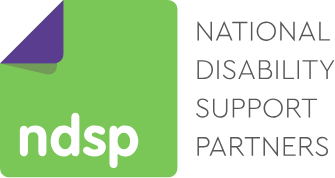
Date Published: Friday, June 21, 2019
Locate a NDIS Occupational Therapy
Service Near me
Get the experience & convinence you deserve to support your or a loved one's allied health needs.
Our NDIS Occupational Therapy team are currently serving & taking appointments in the following states and regions in Australia:
Need to get into direct contact with ur Client Services team? We're all ears. Call our team directly on 1300 731 733

